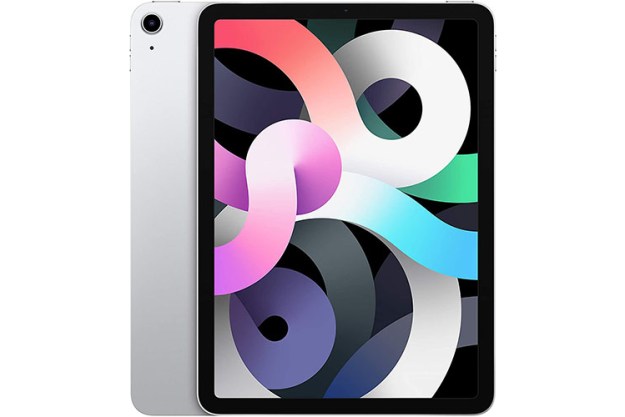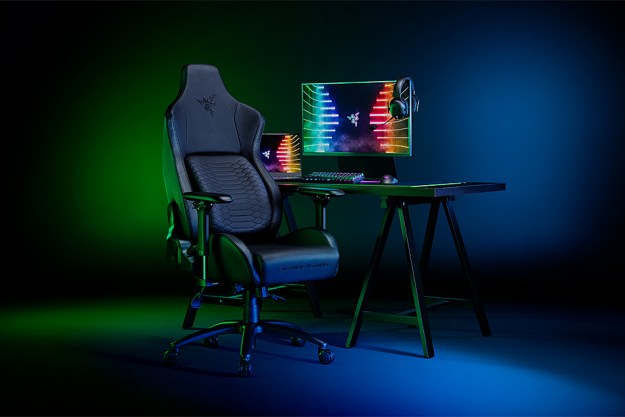 Steve Ballmer is not a shy CEO. From his famous “developers” speech to his Macbook Pro signing, Ballmer shows he isn’t afraid to be goofy or intense if the moment serves it. At his keynote today, he commented on Windows Phone 7, the departure of Chief Software Architect Ray Ozzie, and the tablet market, reports eWeek. His remarks were not, however, anywhere near as biting as the battery of insults Steve Jobs lobbed a few days ago.
Steve Ballmer is not a shy CEO. From his famous “developers” speech to his Macbook Pro signing, Ballmer shows he isn’t afraid to be goofy or intense if the moment serves it. At his keynote today, he commented on Windows Phone 7, the departure of Chief Software Architect Ray Ozzie, and the tablet market, reports eWeek. His remarks were not, however, anywhere near as biting as the battery of insults Steve Jobs lobbed a few days ago.
Windows Phone 7
When asked about Windows Phone 7, the CEO was adamant about continuing to work on its user interface, hinting that the company will soon add more business-oriented features as well as cut-and-paste, a basic feature of any operating system.
When it came to the tablet market and whether any Phone 7 tablets would hit the market in 2010, Ballmer was evasive.
“Devices ship all the time,” Ballmer said. “You will continue to see an evolution of devices. That’s what you’ll continue to see … there’s a next generation of things that will come with the Intel processors….We believe in the diversity of the form-factor. We need a little help with the hardware, we need a little help with the software. We obviously get touch; Windows Phone 7 has a wonderful touch UI.”
Ray Ozzie’s departure
Ballmer’s comments on Microsoft after the departure of Bill Gates self-appointed replacement Ray Ozzie, were swift and definitive.
“We’ve taken a strategic direction anchored in the cloud,” said Ballmer. “That vision is our company strategy. It doesn’t live in any one head or mind. If you talk to the people who work in our server division—which is really our Azure division at this stage—or with Office 365 or Bing, they’re all in and they’re all talented.”
It is rumored that one of the main reasons Ozzie left was tension with Ballmer.
Retirement
Finally, Ballmer was asked whether he had thought about retiring anytime soon. Quick answer: no way.
“I’ve got a lot of energy and passion for what I’m doing,” he said. “If I ever thought there was a day when the company would be better off without me, I’d leave that day.”


